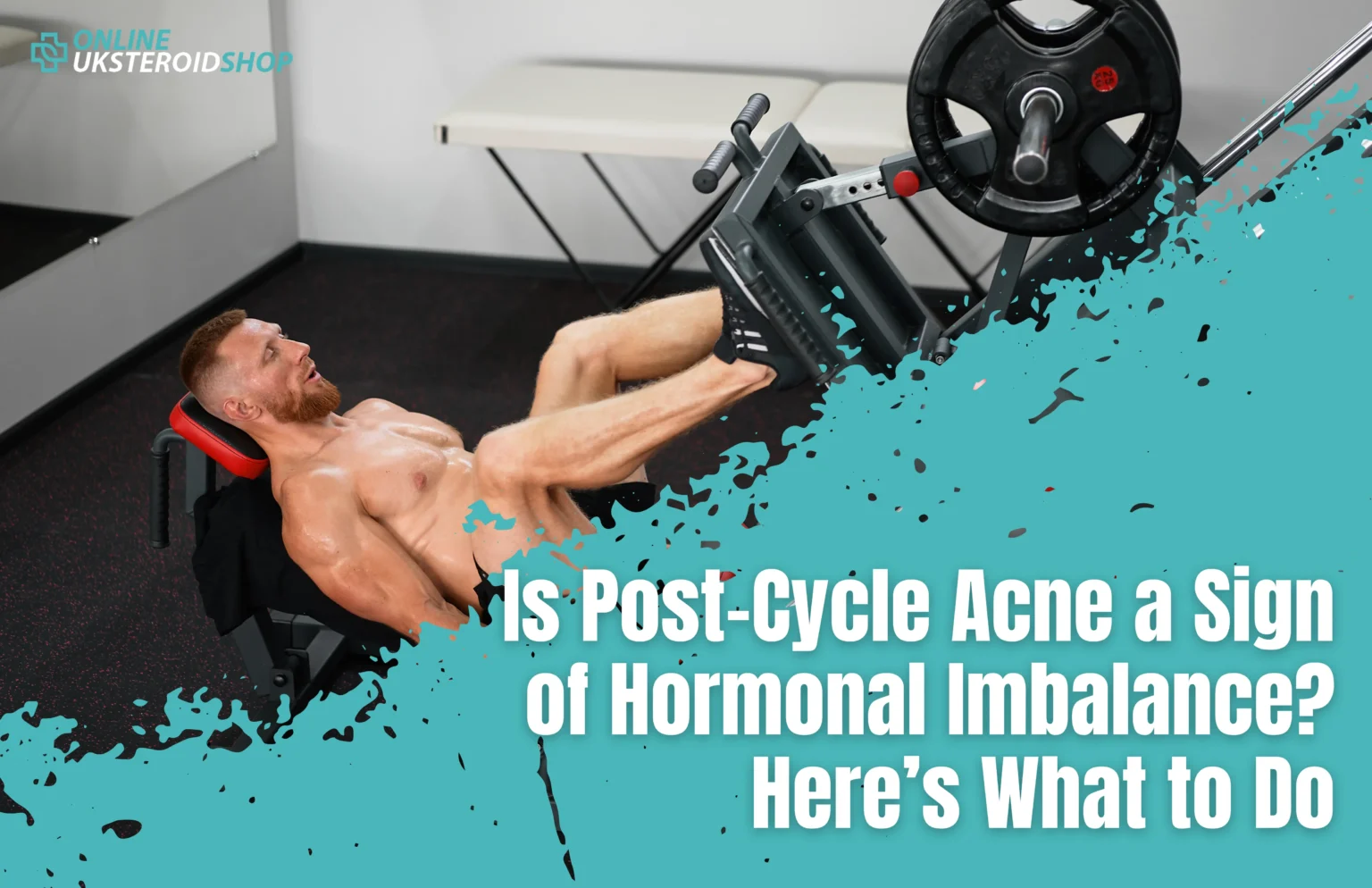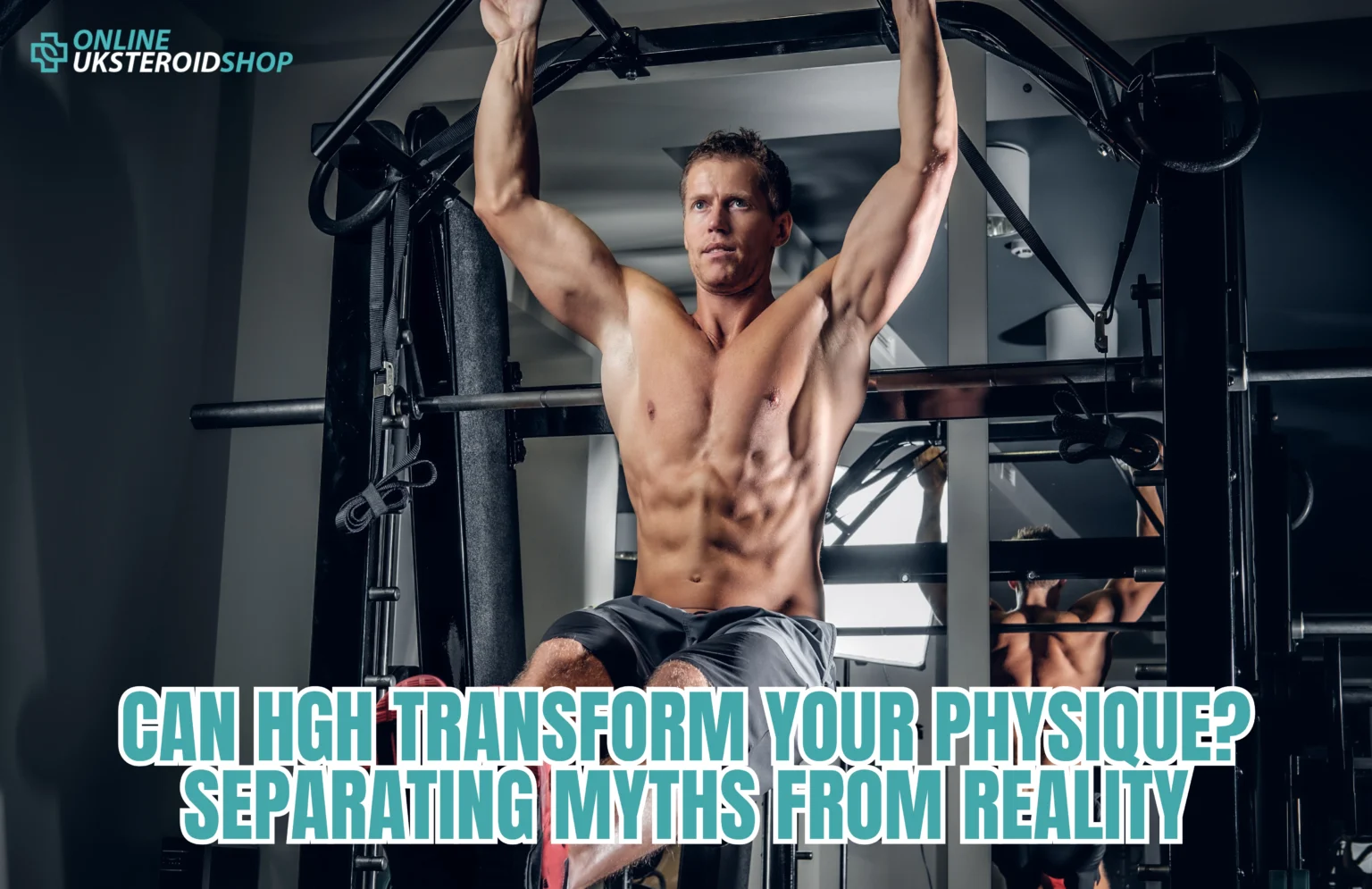Post-cycle acne is a common concern for individuals who have completed a steroid cycle, leading many to wonder whether it’s a sign of a hormonal imbalance. The sudden appearance or worsening of acne after completing a cycle is not uncommon, as the body undergoes significant hormonal fluctuations. These changes can disrupt the delicate balance of hormones, leading to increased oil production, clogged pores, and inflammation. Understanding the underlying causes and taking proactive measures can help manage and prevent post-cycle acne effectively.
What Causes Post-Cycle Acne?
Post-cycle acne mainly develop from the body’s response to varying levels of hormones – testosterone and estrogen in particular. In the period of steroid cycle the organism receives hormones from outside and the natural production is inhibited. After the cycle is completed the hormone level comes down to a very low level which results in hormonal imbalance and thus causes acnes.
Key Factors Contributing to Post-Cycle Acne:
Hormonal Fluctuations:
The blocking of testosterone, which appears with a rapid drop in its concentration and an imbalance with estrogen, causes increased activity of the oil gland.
Androgen rebound where the body produces testosterone above the normal level might even worsen acne.
Increased Sebum Production:
Androgen-indexed skin produces more sebum, which causes Skin-to-come blockage and, therefore, pimples.
Inflammation and Immune Response:
Such hormonal changes again lead to the development of inflammation that is responsible for acne and skin irritation.
Dietary and Lifestyle Changes:
Hormonal changes after the menstrual cycle, stress and changes in personal habits may all lead to the appearance of pimples on the face. Scholar Acne symptoms may be aggravated by poor nutrition and dehydration.
Is Post-Cycle Acne A Symptom Of Hormonal Imbalance
Yes, post-cycle acne is a sign that one’s hormone levels are out of balance. The body takes some time to regain balance once synthetic hormones are stopped resulting in temporary endocrine imbalances. Persistent acne after the cycle may, therefore, be an indication of another hormonal problem that will need medical intervention.
Signs of Hormonal Imbalance Beyond Acne:
- Weight change without any apparent reason
- Mood swings and irritability
- Fatigue and low energy levels
- Irregular sleep patterns
- Baldness or hirsutism
These symptoms should be treated simultaneously with acne treatment to achieve hormonal balance and significant improvement in a woman’s health.
The post-cycle acne: its causes and how to get rid of it.
Treating post-cycle acne is a long process that involves topical and oral treatments, changes to diet, and supplying the body with hormones. Here’s what you can do for healthy skin.
- Skin Care for Long and Short Hair
The facial skin care regimen should be established in a proper manner so that there are minimum chances of acne formation and maximum chances of their treatment. Focus on:
- Gentle Cleansing: Wash your skin with a gentle, non-pore clogging facial cleanser in the morning and before going to bed.
- Exfoliation: Add topical chemicals such as salicylic acid to the skin to remove deposits that cause inflammation of hair follicles.
- Hydration: Don’t use heavy or oil-based moisturizers as they can make pores clogged and cause skin to become dried up.
- Spot Treatments: As for the treating the active existence of acne, benzoyl peroxide or tea tree oil will work best.
What to Avoid in Skincare:
Scrubbing, sever or any product that can trigger more inflammation on the skin.
Oils which may aggravate the skin by creating more clogged pores such as oil based moisturizers.
- Optimize Your Diet
There is a strong relation between diet and hormones production and skin condition. Consider the following dietary changes:
Reduce Dairy Intake: Dairy contains certain hormones that can increase the risk of hormonal imbalance, which causes acne.
Increase Omega-3s: Eating foods that are high in omega-3 fatty acids like salmon fish and flaxseeds cuts inflammation.
Avoid Processed Foods: Consumption of junk food and foods rich in sugar increases insulin level and hence increase acne.
Stay Hydrated: It is always good to take water so as to eliminate toxins and help the skin stay moisturized.
- They should include Hormonal Support Supplements
Post-cycle acne can often be managed by supporting your body’s hormonal balance with supplements:
Zinc: Aids in maintaining testosterone levels and preventing inflammation.
Vitamin D: Good for the immune system and skin.
Adaptogenic Herbs: Ashwagandha and maca root are two that can help with cortisol and other hormones that are related to stress.
Post-Cycle Therapy (PCT): PCT with the help of drugs such as SERMs will help to achieve hormonal balance.
- Manage Stress Levels
Stress is one of the leading causes of hormonal imbalances and outbursts of acne on the skin. Incorporate relaxation techniques such as:
- Prayer and techniques of concentration
- Usual exercise, for example, yoga or a walk
- Cortisol reduced exercises such as deep breathing exercises.
- Reduced stress levels also mean reduced hormonal fluctuations, which reduces the chances of an acne trigger.
- Ask a Doctor or an Endocrinologist
It is important that whenever your post-cycle acne does not clear up despite following the above routine, one should seek further professional help. A dermatologist can provide targeted treatments such as:
- Prescription topical treatments like retinoids Retinoids can also be purchased over the counter from a chemist.
- Pill form medicines or oral antibiotics and hormonal treatments
- Hormonal tests to identify some hormonal disorders
- An endocrinologist can later rule out any chronic hormonal problems and prescribe suitable treatments to regain hormonal stability.
How to Avoid Development of Post-Cycle Acne in the Future
In order to prevent post-cycle acne, one has to be VERY careful during and after the use of anabolic steroids. Here’s how to reduce the risk of breakouts:
Use Lower Dosages: It is possible to reduce hormonal fluctuations by reducing the amount of steroids that is taken.
Hydration and Skincare During Cycle: Adhering to regular cleansing routine and proper hydration before, during and after the cycle can help to minimize the problem of acne breakout after cycle is completed.
Plan PCT Wisely: Having a proper post-cycle therapy is very important because it will help to balance your hormones and will help to decrease your chances of getting acne.
Avoid Overusing Anabolic Steroids: Continued use leads to the worsening of severe hormonal imbalances and skin complications.
Misconceptions people have about acne after cycle
- Acne Will Heal on Its Own, to the claims of:
While some may be easily managed after the cycle is over, persistent acne breakouts need extra intervention and modification of specific aspects of lifestyle..
- “Only Testosterone can lead to Acne”
Other steroids and hormonal changes such as estrogen can also cause acne formation and growth.
- “More Washing Prevents Acne”
Those that wash the face excessively do this since the skin is oily, a trait that causes the skin to produce more oil when washed in excess.
Conclusion
Post-cycle acne, like any other type of acne, is one of the effects of hormonal imbalance, and if the correct strategy is employed, it becomes easy to prevent this from occurring. Knowing the relationship between steroids and acne also helps you prevent skin breakouts in order to have healthy skin. Correct skincare regimen, following diet and supplement intake that can affect hormones and consulting a dermatologist when needed all help in attaining long-term skin health.
Patience and persistence is the keyword when it comes to post-cycle acne. If you tackle such a cause and adhere to the guidelines herein, your skin will clear, together with your hormonal balance.


